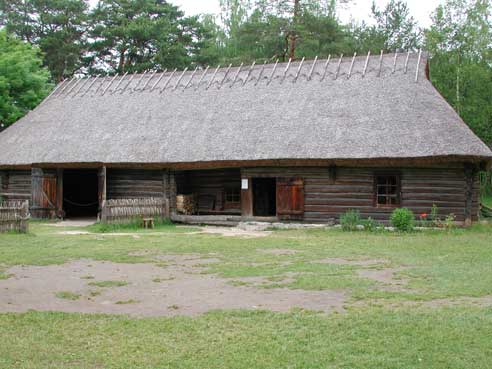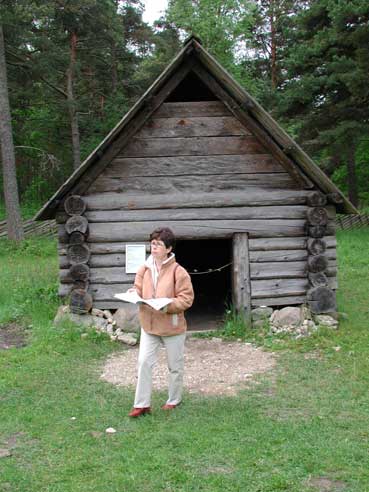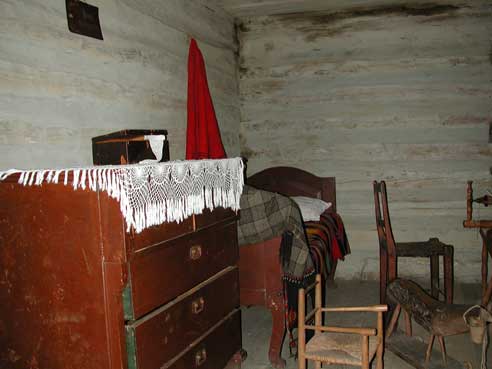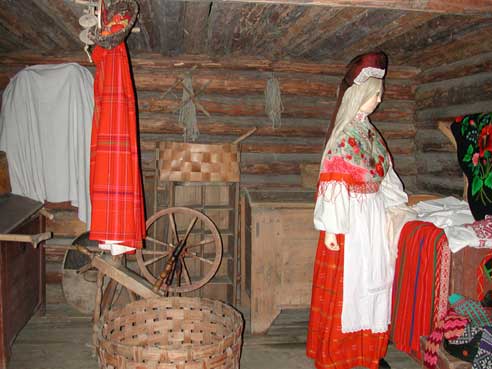
The whole farm was brought to the museum in 1959, but unfortunately burned down in 1984, so the houses are copies. This shot shows the well with the dwellinghouse in the background.
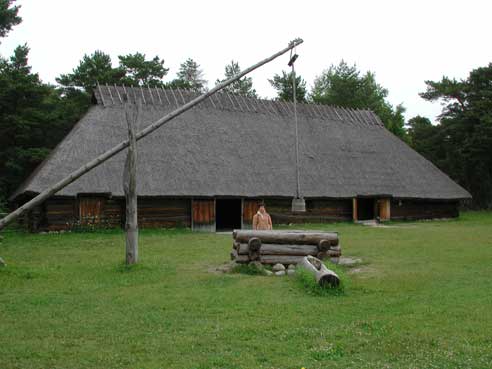
One other picture of note shows their summer kitchen.

Here is an exhibition of the different styles of corner joints builders made when building log cabins.
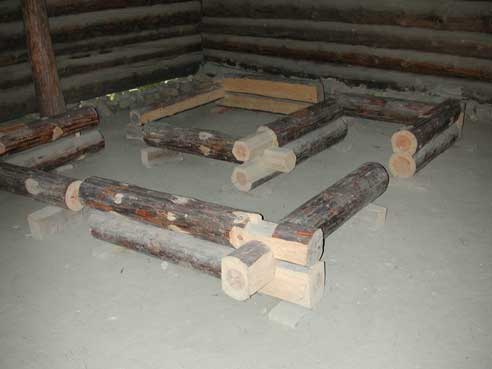
The cattleshed was (according to the guidebook), home to 2 to 3 horses, 4 to 6 oxen, 2 cows and (if they lived inside in the winter) 4 to 6 sheep.
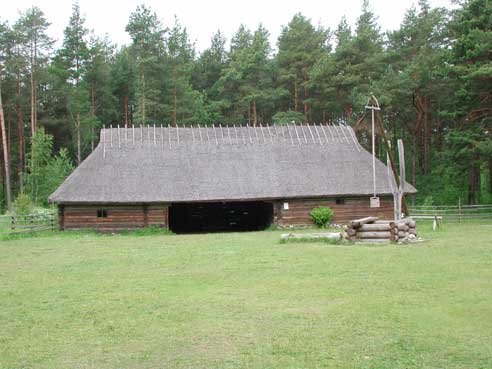
Everything was made out of wood:
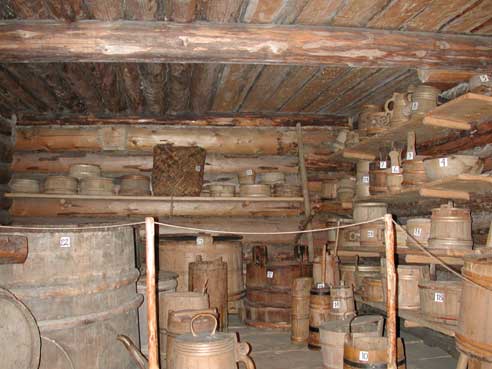
Anything to do with storing food, or growing it:
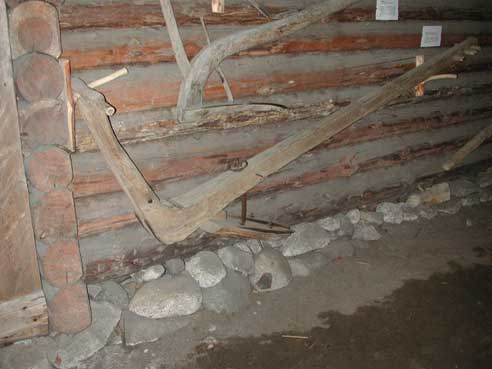
Even the shear on the upper of these two ploughs is wood. It isn't too hard to see why this museum was a good propaganda boost for Soviet housing programmes. And industrialisation:
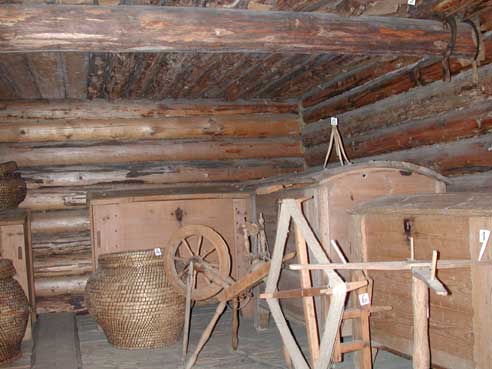
The next farm was the Köstriaseme. The guidebook did not say whether this was the name of the tenants, the owners, or the place it came from.
